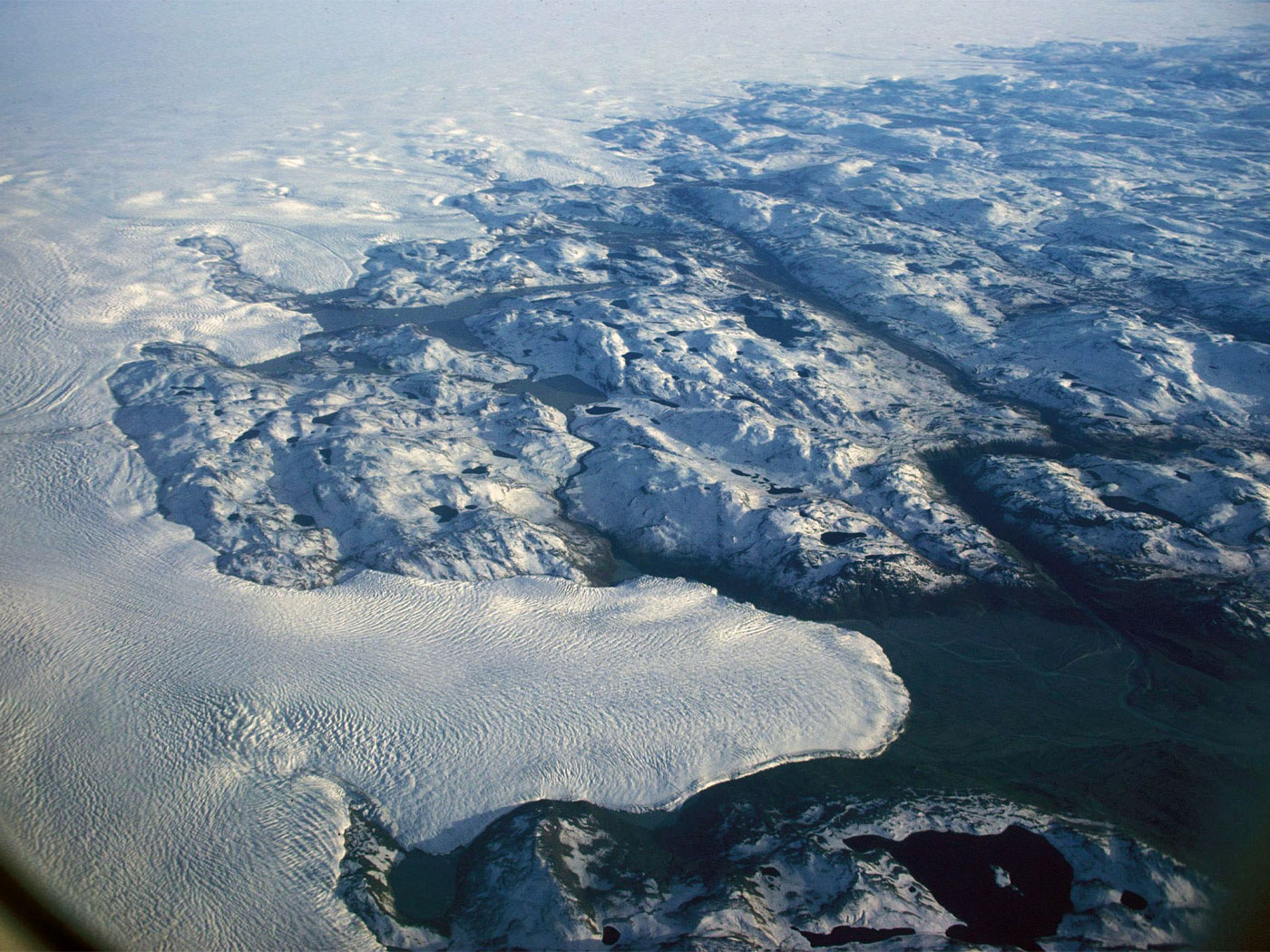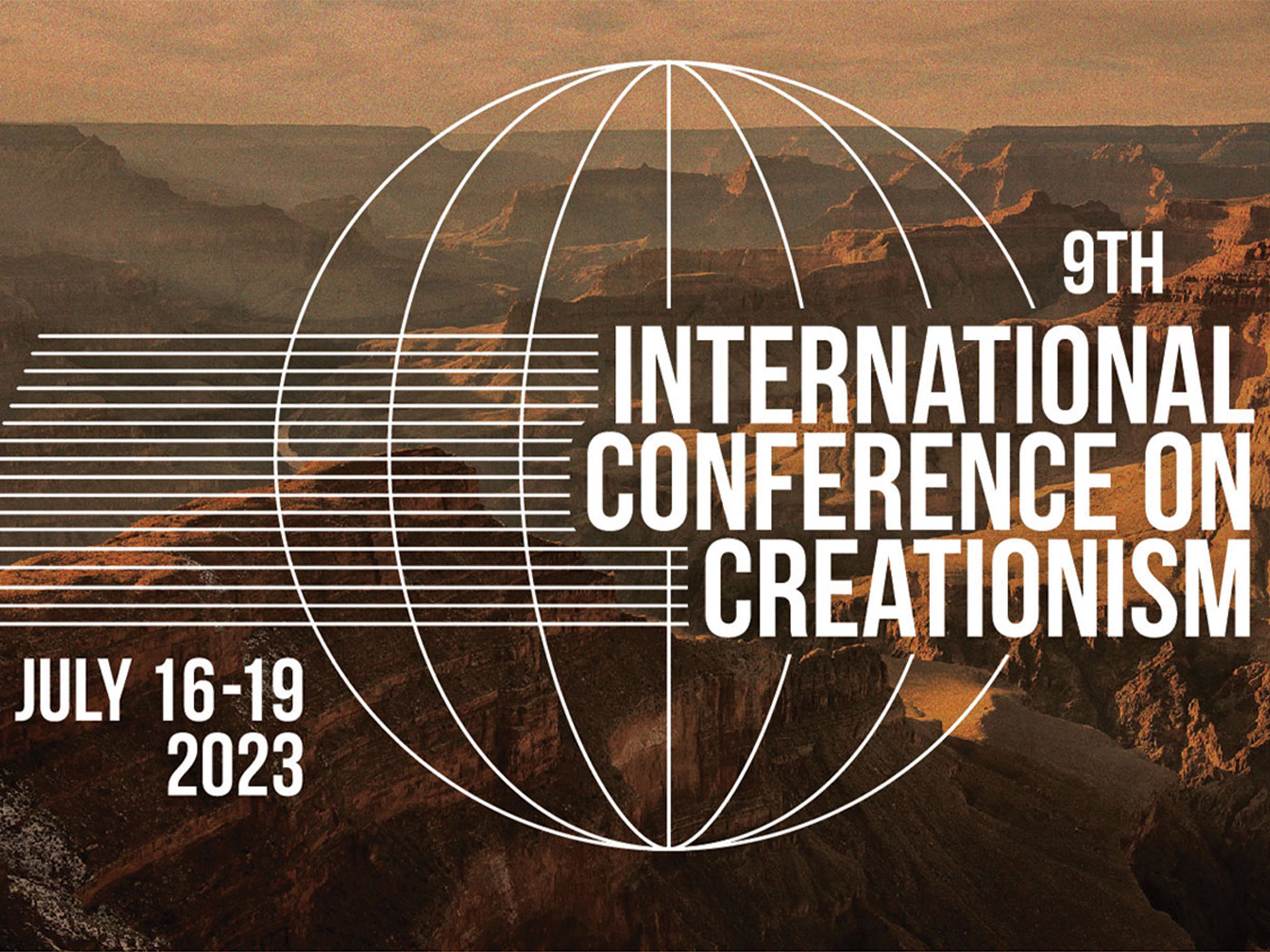The first two articles of this series described the purpose and strategy of ICR’s life sciences research.1 Installments three and four surveyed the incredible gains our science team has made on the question of human origins.2 The intense focus the secular community has placed on human genetics has produced a rich database of DNA sequence information that we have been mining. Our discoveries have been so remarkable that the burden of proof has swung away from creationists and now falls on the evolutionary community. Creationists can now make testable, accurate predictions in the realm of human genetics, and the evolutionary community has failed to produce convincing counter-explanations. A straightforward interpretation of human genetic data supports the origin of humanity from an initial couple who lived less than 10,000 years ago, instead of from a population of primates or proto-humans that lived in an ancient hypothetical past.3
What about the genealogical relationships among the millions of other species that live on Earth today? We know from Scripture that modern species trace their ancestry back to a set of separately created, unrelated kinds.4 But what has modern science revealed about who’s related to whom?
Just as we found in the human realm, genetics is the key scientific tool in answering this question. In other words, other scientific fields do not have the ability to directly determine a species’ genealogical heritage. For example, fossils can’t record familial relationships. Even if we grant the evolutionists the time sequence they propose for the fossil record, the fact of a time sequence doesn’t explicitly answer the ancestry question. George Washington lived before John F. Kennedy, but this simple time sequence doesn’t imply that Washington was the direct progenitor of JFK.
Similarly, anatomical and physiological similarities also fail to trace family trees. While DNA encodes a species’ anatomy and physiology, similar anatomies can be produced by dissimilar genetics. Finally, even biogeography (the geographical distribution of species) fails to identify genealogical relationships. If you’re sitting in a hall full of people, you are sharing the same geographical space with those next to you, but this fact says nothing about familial relationships. Because DNA—not a fossil, anatomical structure, or geographical location—is transmitted at the moment of conception, only DNA directly records a species’ genealogy.
But figuring out what DNA tells us about the relationships among diverse species is an entirely different question. For example, ever since Darwin, evolutionists have referenced life—that organisms can be placed in overall groups based on their similarites and differences—as evidence for the shared genealogical relationships among all species. Modern genetics reflects this pattern, and this fact seems to confirm Darwin’s original claim.
However, this “test” of evolution is actually a form of pseudoscience because the design hypothesis predicts the same classification pattern for life—certain creatures are similar by design, not because of common ancestry. Since true scientific tests must distinguish among competing hypotheses, the fact of a classification pattern in nature fails to eliminate the design hypothesis and therefore makes this “test” of evolution unscientific.5 So how can genetics reveal the true relationships among species? Read more about our progress in our next installment!
Click here to read “Purpose, Progress, and Promise, Part 1.” Click here for Part 2. Click here for Part 3. Click here for Part 4.
Click here to read “Purpose, Progress, and Promise, Part 6.”
References
- Jeanson, N. T. 2014. Purpose, Progress, and Promise, Part 1. Acts & Facts. 43 (10): 13; Jeanson, N. T. 2014. Purpose, Progress, and Promise, Part 2. Acts & Facts. 43 (11): 9.
- Jeanson, N. T. 2014. Purpose, Progress, and Promise, Part 3. Acts & Facts. 43 (12): 9; Jeanson, N. T. 2015. Purpose, Progress, and Promise, Part 4. Acts & Facts. 44 (1): 9.
- Tomkins, J. 2014. Genetic Entropy Points to a Young Creation. Acts & Facts. 43 (11): 16.
- Jeanson, N. T. 2013. The Origin of Species: Did Darwin Get it Right? In Creation Basics & Beyond: An In-depth Look at Science, Origins, and Evolution. Dallas, TX: Institute for Creation Research, 125-131.
- Jeanson, N. T. 2014. Darwin vs. Genetics: Surprises and Snags in the Science of Common Ancestry. Acts & Facts. 43 (9): 8-11.
* Dr. Jeanson is Deputy Director for Life Sciences Research and received his Ph.D. in cell and developmental biology from Harvard University.

















